A knee surgery, or any major surgery, carries with it a certain percentage of risk. There’s the general anaesthesia, rare but possible mishaps, unforeseen problems, medication interactions and more. Knee surgery post-operative care and the recovery process will look different for every individual, but there are some resources in general that can benefit most patients.
In my case, I suffered a spontaneous bilateral patellar tendon rupture. Meaning both my knees were completely broken – from the thigh, down to the kneecap and quadriceps, which left me bed bound for a year. Whilst mine are the two biggest tendons in the knees, others suffer from bone fractures, ACL (anterior cruciate ligament) and MCL (medial collateral ligament) tears, and more. Many elderly people need knee replacement surgery done as well. These knee surgeries differ in degrees of severity, but all affect our ability to walk and move properly.
Spending that much time in bed is a nightmare in terms of logistics and physical health. This series of articles will focus on knee surgery post-operative care, and to make coping with disability a little easier. (You can view the full series at the end of the post.)
Disclaimer: This article and the resources provided in the series are based on MY own personal experiences with spontaneous bilateral patellar tendon ruptures, as a person with many chronic illnesses. It also includes extensive options to cover various knee surgeries – not everything is meant for your specific type of knee injury or knee surgery. They are meant for educational purposes and not to be substituted for medical advice. Please consult your own medical provider before trying anything out.
This post may also contains affiliate links. It will cost you nothing to click on them. I will get a small referral fee from purchases you make, which helps with the maintenance of this blog (approx. $100/month). Thank you!
Resources with a star ⭐ next to them are ones I’ve personally tried and would recommend!
Originally Published: 13 December 2022
View this post on Instagram
Support From Friends & Family Post-Operation is Crucial
Besides the obvious physical aspect, a major surgery or knee surgery can take a huge mental and emotional toll on anyone. The psychological impact from the sudden loss of mobility and independence can be terrifying. It take a huge blow on your self-confidence and self-esteem. It can make you question your self-identity.
Support from friends and family play a huge role in your knee surgery post-operative care, and during the long recovery process. Your loved ones are there to encourage and cheer you on, and they help to pass the time in the best possible ways.
Friends whom I hadn’t met in ages offered to commit to weekly visits, and I looked forward to these events in my calendar. They were like bright spots in the gloom of it all. There were also weekly milestones, as I counted down to when I could start physiotherapy. This horrible incident rekindled some friendships. Or rather, it reminded me that just because I haven’t seen my friends in a long time, it doesn’t mean that they have stopped caring.
“ Besides the obvious physical aspect, a major #surgery or #kneesurgery can take a huge mental & emotional toll on anyone. The psychological impact from the sudden loss of #mobility & #independence can be terrifying.” #disabled Click To TweetPin to Your Chronic Illness & Disability Support Boards:
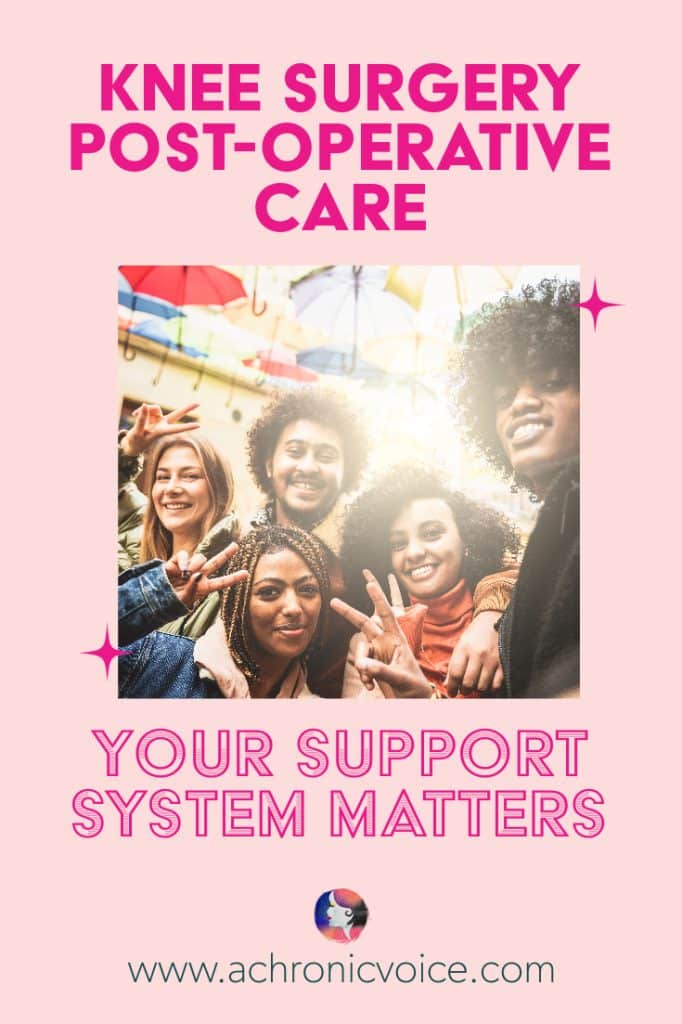
A Big Thank You to Everyone Who Supported & Continue to Support Me
I would also like to thank everyone – family, friends, acquaintances and even strangers who helped me along my major knee surgery post-operative care and recovery journey.
For those who supported us financially, a lot of the funds went into some of the items listed in this series of posts. For those who supported emotionally through visitations and communication – this was invaluable for my mind and spirit. For those who supported physically, I couldn’t have gotten around to my doctor appointments without your help, and managing everyday tasks would be an even bigger challenge than it already was and is.
So a big thank you to each and every single one of you – you know who you are 🙂
A common comment I see on social media is that others with chronic illness or disabilities do not have anyone to support them or to rely on. So I am very grateful for all the kindness and support that I do have. I know that I’m very fortunate that way, and appreciate every little action.
Here’s wishing you a steady and speedy recovery from your knee surgery, or any major surgery! You can click on the links below to view the entire series.
“A common comment I see on social media is that others with #ChronicIllness or #disabilities do not have anyone to #support them or to rely on. So I am very #grateful for all the kindness & support that I do have.” #ChronicPain Click To TweetPin to Your Knee Surgery Post-Operative Care Boards:
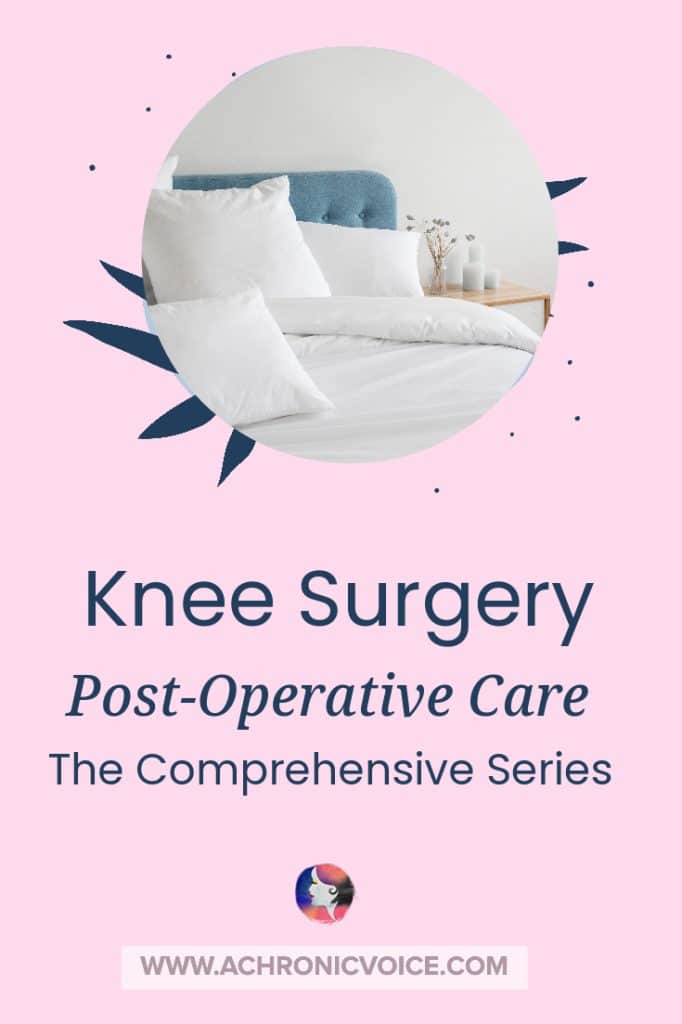
If you liked this article, sign up for our mailing list so you don’t miss out on our latest posts! You will also receive an e-book full of uplifting messages, quotes and illustrations, as a token of appreciation!
-
References:
- Foley, J., Elhelali, R., & Moiloa, D. (2019). Spontaneous simultaneous bilateral patellar tendon rupture. BMJ Case Reports CP, 12(2), e227931.
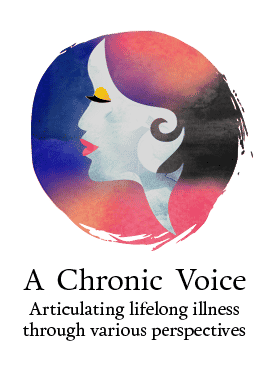
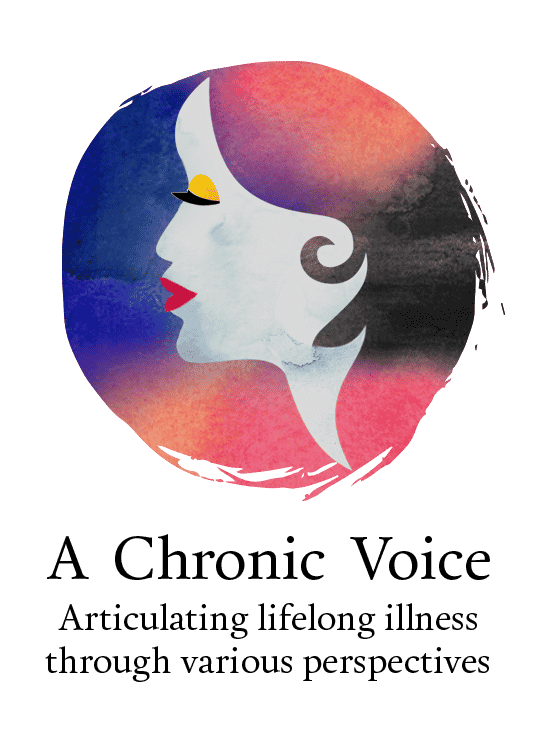
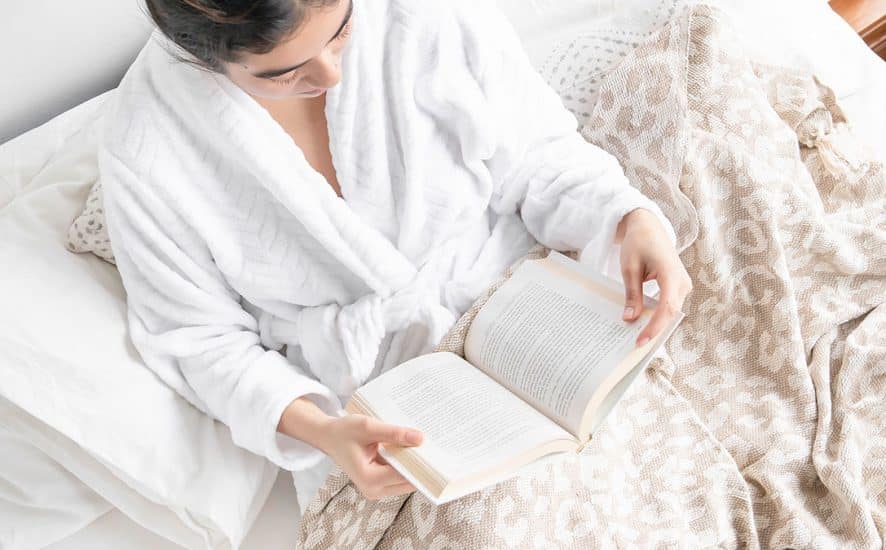
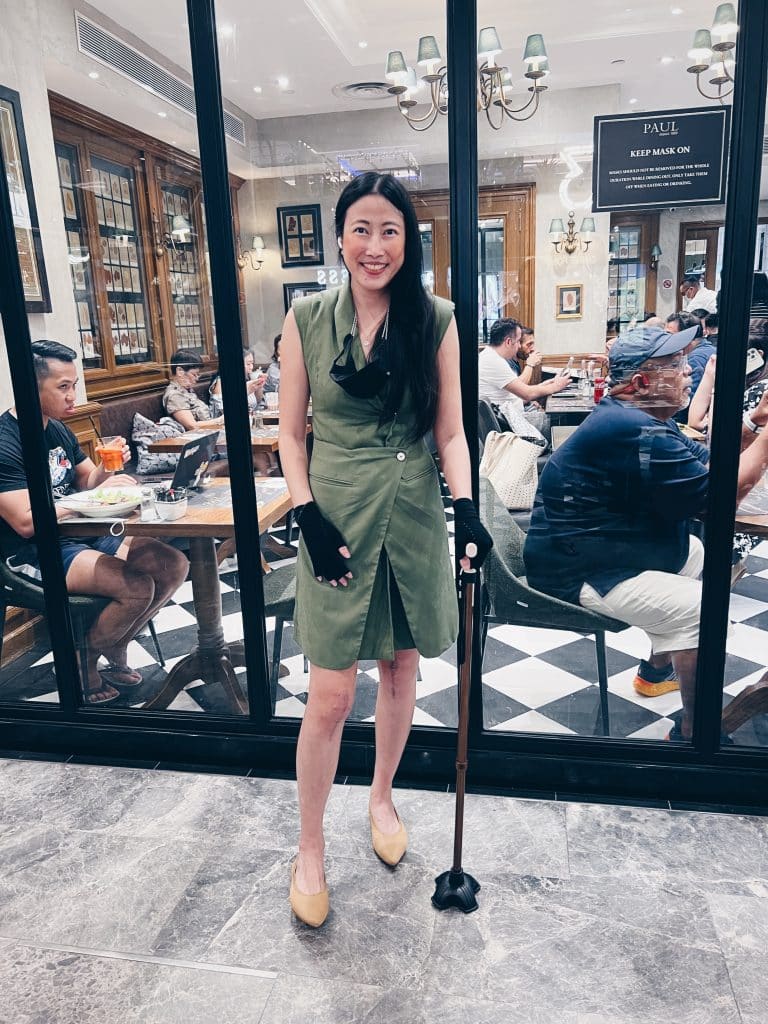
What a great resource, Sheryl! Strangely enough, I was just thinking of you again today and wondering how you were managing as my husband had to lift me out of bed last night for ‘help’. It was a bad night and unfortunately, they’ve been frequent this year. And then poof, here is your article and I’ve got a great number of the items you’ve listed here in my room right now. (Aside from bed pans, which we now know we must get.) I’ll be sure to share widely and will wisely hold on to everything this time as I keep giving it away and then inevitably need it again. I admire you. I’ve thought many times of your holiday giveaway this year and while I love it, I am also aware of how much work it is. I was glad to see you take this year off, but I admit, I’ve missed your posts and updates about it and wanted to make sure you know that someone notices your regular events from this site! Glad I could be the first to comment on this extraordinary resource guide and wish you a happy holiday and hopefully a better year for both of us! Sending hugs and love from Taiwan!
Thank you so much for your support as always, Carrie, I appreciate it tremendously 🙂 I am sorry to hear that you are in so much pain. I think many healthy people don’t realise that the resources I listed, that are meant for post-surgery, are also applicable to ‘regular’ chronic illness people, just because we’re in that much pain daily, too. Sending hugs to you. And yes, I needed a break from the giveaways… They are TOO MUCH work and always cause be to burnout and flare and have anxiety attacks hahaha! When I’m up for it, I’ll be sure to host one again.